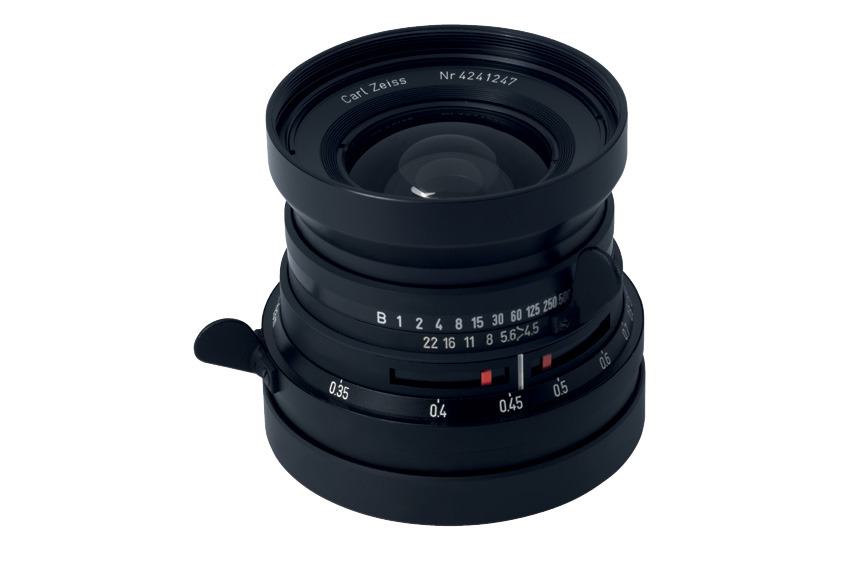
ZEISS technology in space
The most stunning and iconic photography from space, all captured with a ZEISS lens
During the moon landings and the missions leading up to them, photography – and therefore cameras and lenses – played a key role: approximately 100,000 shots were used to plan the Apollo missions (1961 to 1972). During the six moon landings (1969 to 1972) around 33,000 images were captured.
ZEISS conducted extensive research, modifying and developing camera lenses to address the challenges of the extreme conditions in space. After one of the very first missions to the moon, the image quality with ZEISS lenses was recognized as so outstanding that the lenses became part of the astronauts‘ standard equipment.
50 years later, these images from the moon missions are still legendary, in part due to their exceptional quality.
1962
Mercury-Atlas 8
First ZEISS camera lens in space
ZEISS Planar 2.8/80
1965
Gemini 4
First American space walk
ZEISS Camera Ikon Contarex Special 35 with ZEISS Planar 2/50
1966
Gemini 9
A docking maneuver
ZEISS Biogon 4.5
1968
Apollo 8
Earthrise: the first color photograph of earth from the moon
ZEISS Sonnar 5.6/250
1969
Apollo 11
Footprint, man on the moon
ZEISS Biogon 5.6/60
1971
Apollo 15
Lunar Module in lunarscape
ZEISS Tele-Tessar 8/500
1972
Apollo 16
Experimental camera lens takes UV photos of earth
ZEISS UV Sonnar 4.3/105
You might also like…
AO and the Moon
The history of sending American Optical sunwear to the moon with the Apollo astronauts
UV Protection
Do you need UV protection in your eyewear? The answer may shock you!















